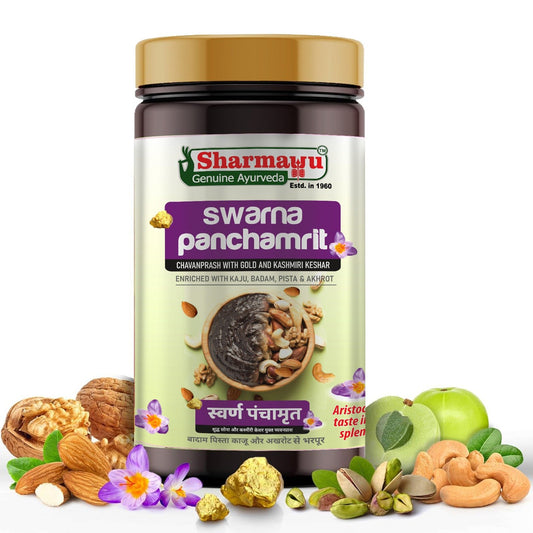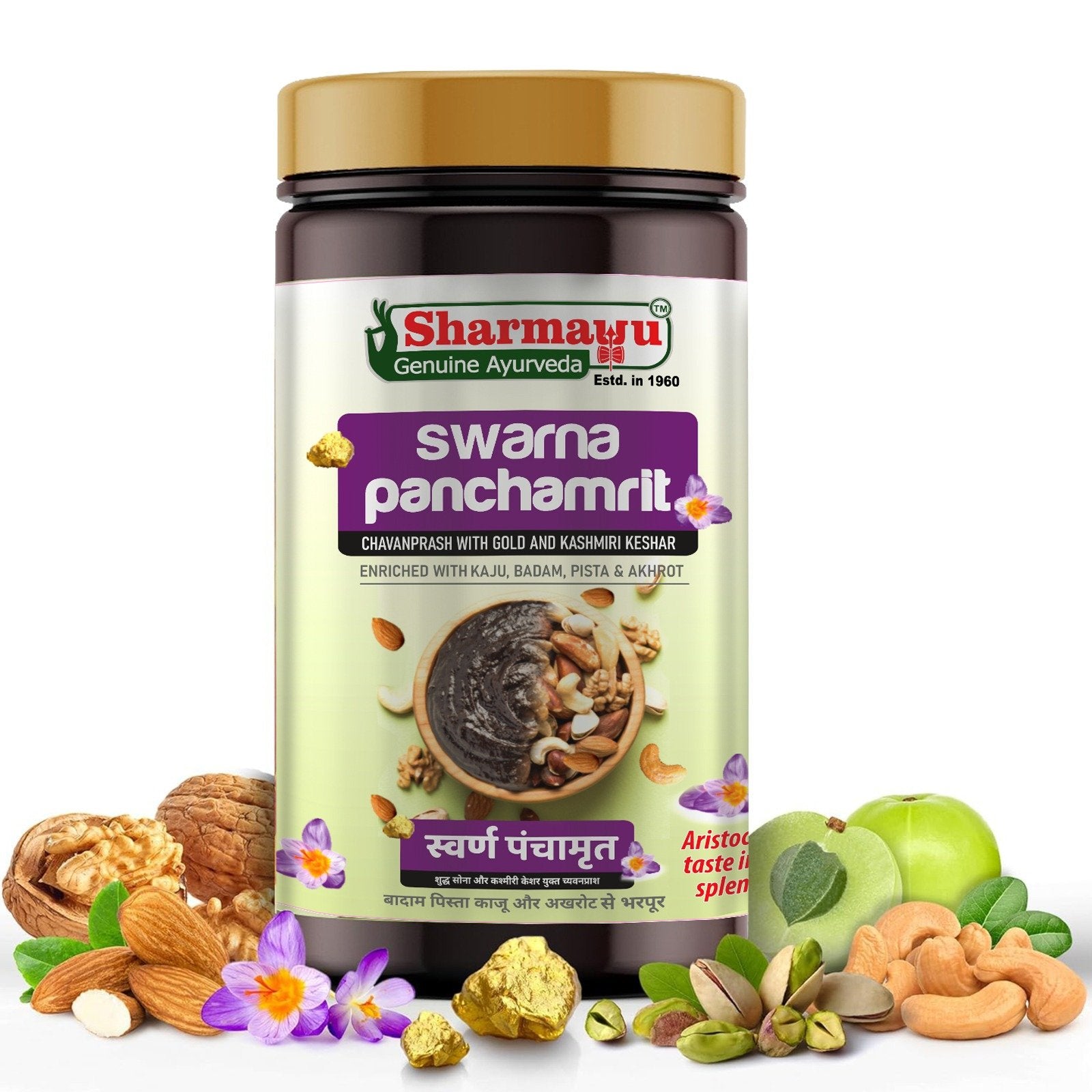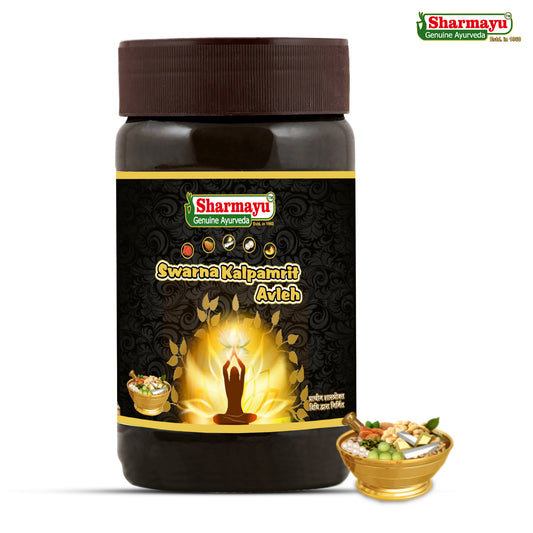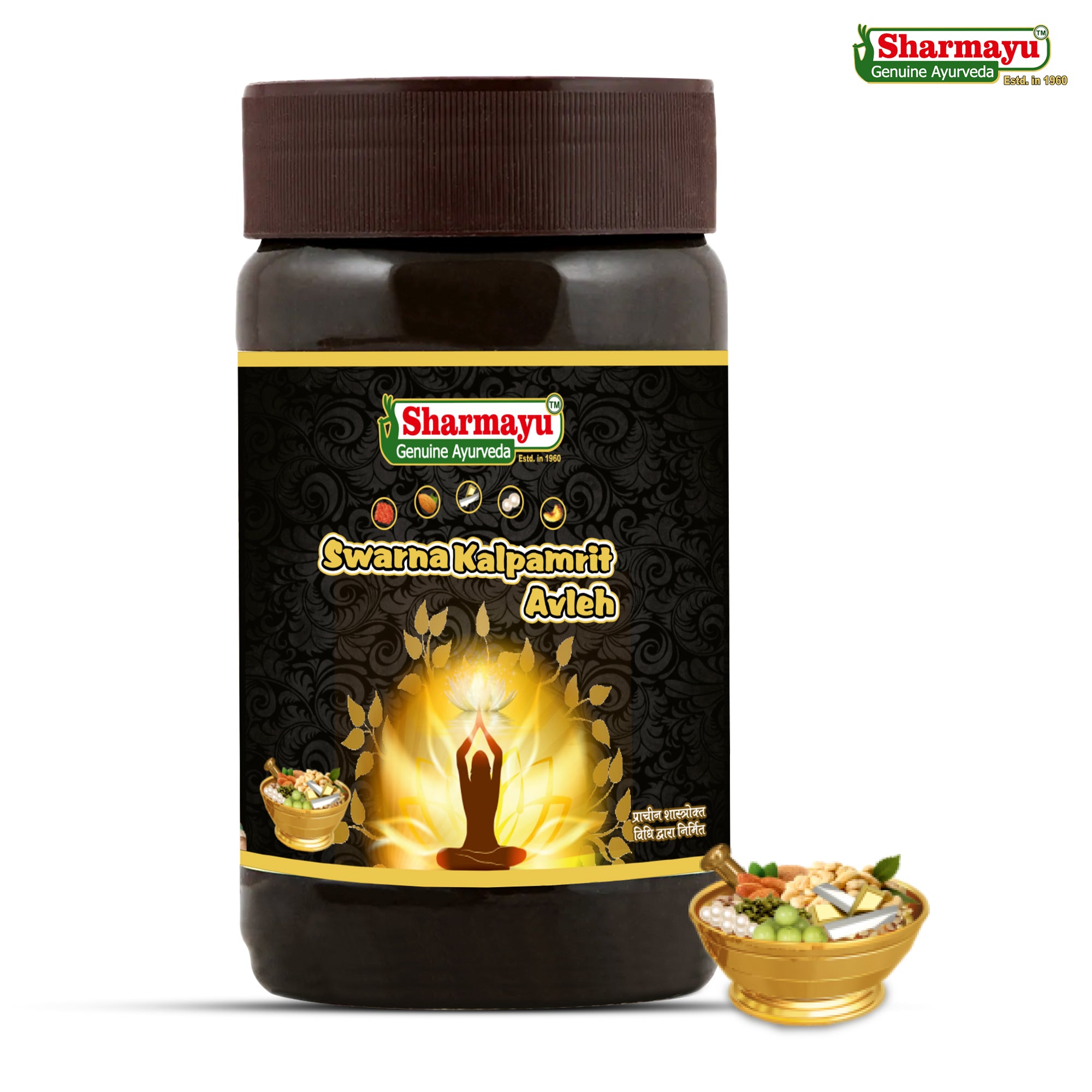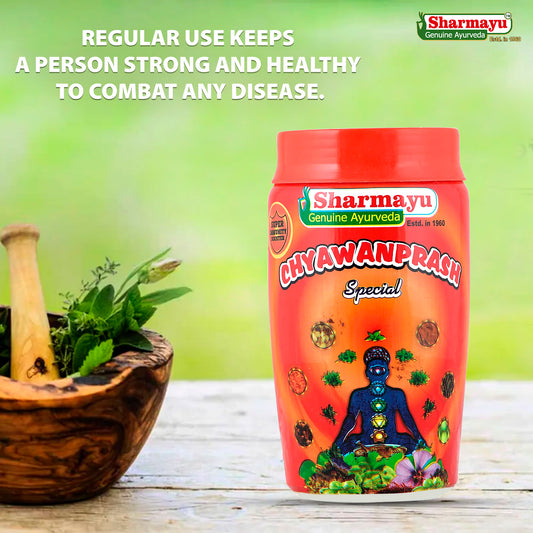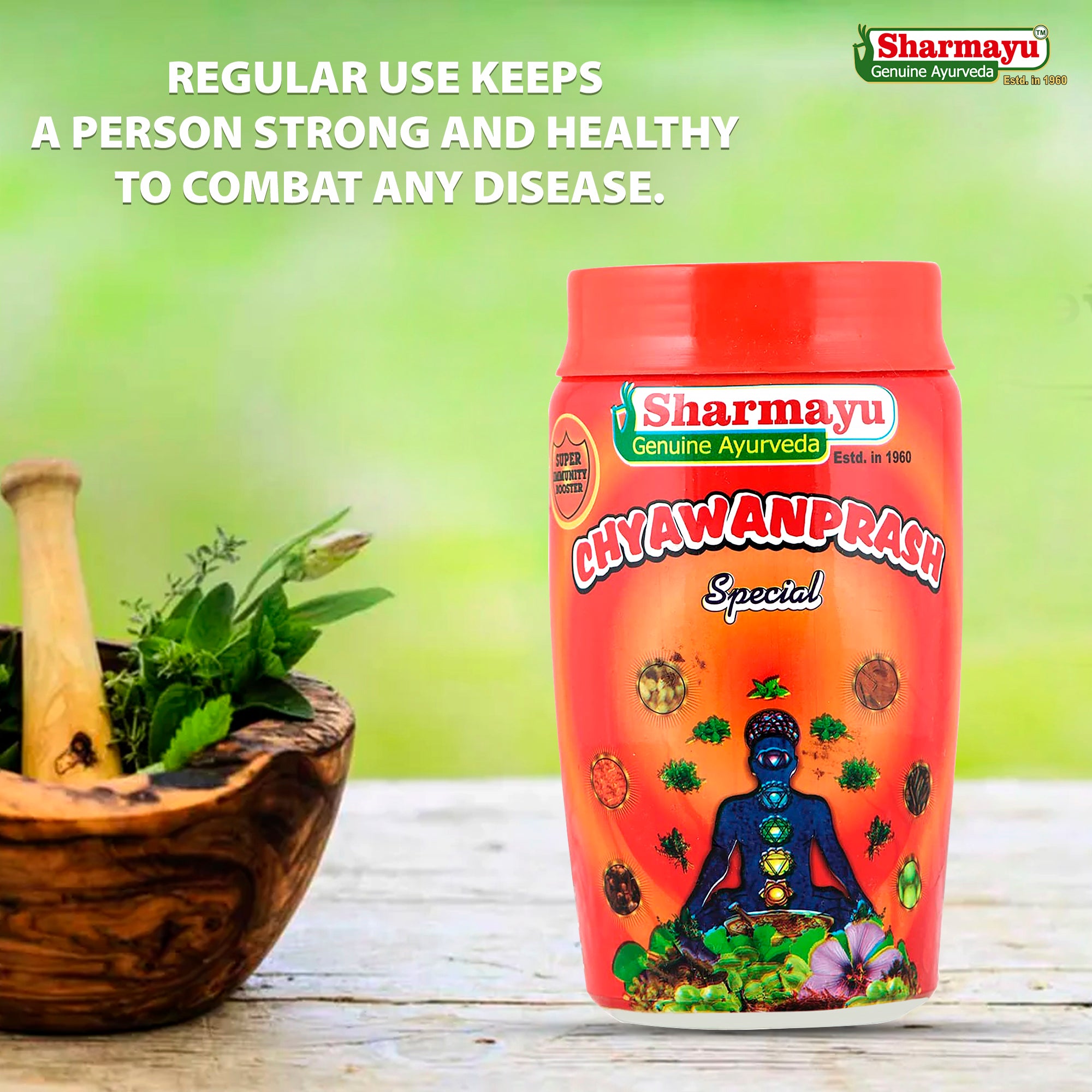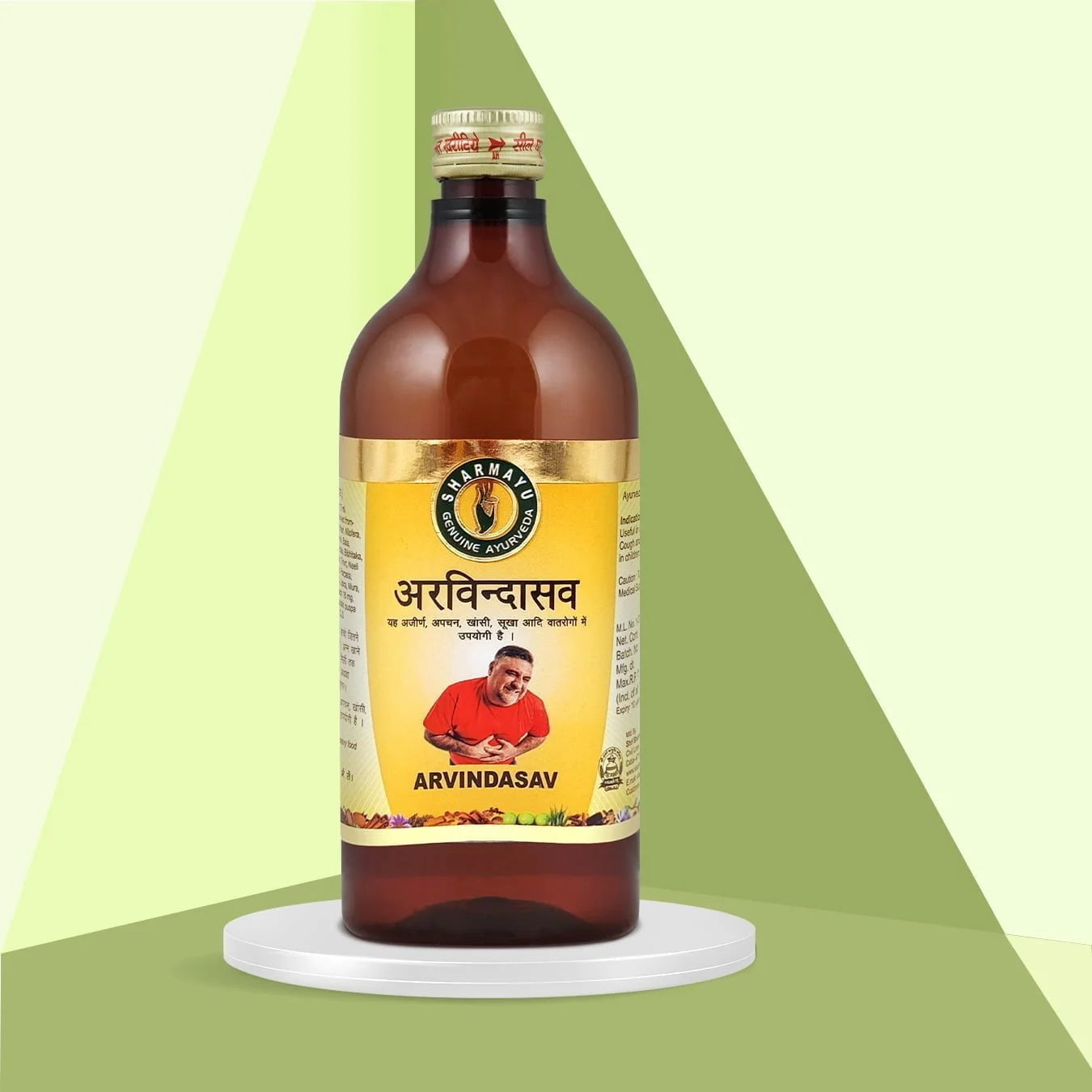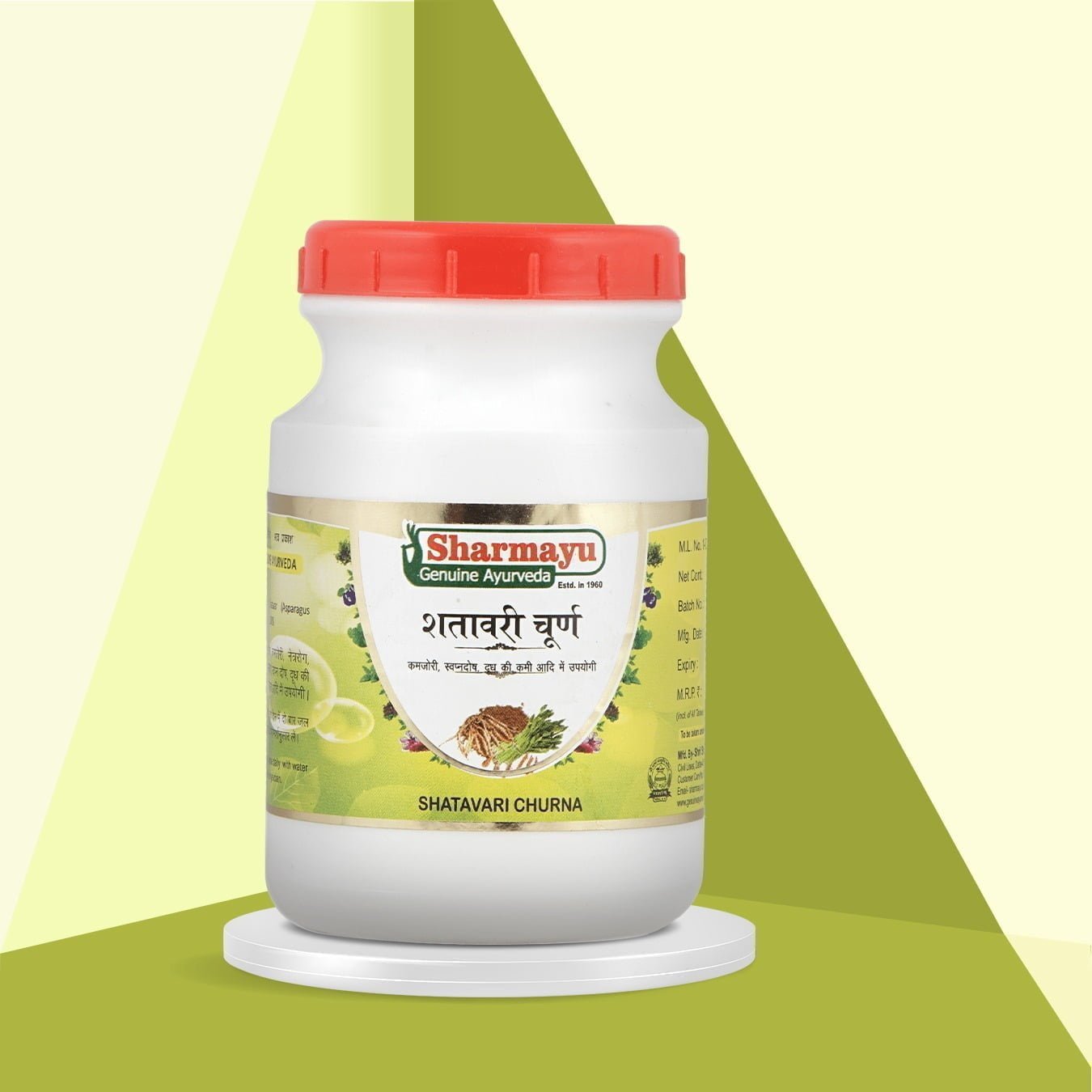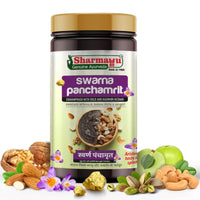Vigor & Vitality
-
V stambhan ghan bati (34g)
₹ 1,450.00 ₹ 1,500.00₹ 1,450.00₹ 1,450.00 ₹ 1,500.00 -
V stambhan bati 25 tab
₹ 1,048.00 ₹ 1,164.00₹ 1,048.00₹ 1,048.00 ₹ 1,164.00 -
V stambhan bati (vsb) & kam yog gold combo
₹ 1,958.00 ₹ 2,377.00₹ 1,958.00₹ 1,958.00 ₹ 2,377.00 -
Mount kanchenjunga shilajit
₹ 699.00 ₹ 999.00₹ 699.00₹ 699.00 ₹ 999.00 -
Shaktipunj tablets
From ₹ 244.00 ₹ 272.00₹ 244.00₹ 244.00 ₹ 272.00 -
Kam yog gold 30 caps
₹ 1,091.00 ₹ 1,213.00₹ 1,091.00₹ 1,091.00 ₹ 1,213.00 -
Musli pak 125 gm
₹ 270.00 ₹ 300.00₹ 270.00₹ 270.00 ₹ 300.00 -
Shaktipunj tablets
From ₹ 244.00 ₹ 272.00₹ 244.00₹ 244.00 ₹ 272.00
Summer Specials
-
Nectarmilk
₹ 449.00 ₹ 499.00₹ 449.00₹ 449.00 ₹ 499.00 -
Chandanoshir pey
From ₹ 152.10 ₹ 169.00₹ 152.10₹ 152.10 ₹ 169.00 -
Swarna panchamrit chyavanprash with gold and kashmiri keshar - 1 kg
₹ 799.00 ₹ 1,200.00₹ 799.00₹ 799.00 ₹ 1,200.00 -
Swarna kesari
From ₹ 449.00 ₹ 499.00₹ 449.00₹ 449.00 ₹ 499.00 -
Amla juice
₹ 201.00 ₹ 224.00₹ 201.00₹ 201.00 ₹ 224.00 -
Giloy juice
₹ 198.00 ₹ 221.00₹ 198.00₹ 198.00 ₹ 221.00 -
Aloe vera juice
₹ 292.00 ₹ 325.00₹ 292.00₹ 292.00 ₹ 325.00 -
Sharmayu kachcha aam pachak sharbat
₹ 169.20 ₹ 188.00₹ 169.20₹ 169.20 ₹ 188.00
Immunity Boosters
-
Kishoramrit rasayanam - ayurvedic growth tonic for kids (5+ years)
₹ 2,025.00 ₹ 2,250.00₹ 2,025.00₹ 2,025.00 ₹ 2,250.00 -
Swarna panchamrit chyavanprash with gold and kashmiri keshar - 1 kg
₹ 799.00 ₹ 1,200.00₹ 799.00₹ 799.00 ₹ 1,200.00 -
Swarn kalpamrit avleha
₹ 2,155.00 ₹ 2,395.00₹ 2,155.00₹ 2,155.00 ₹ 2,395.00 -
Mount kanchenjunga shilajit
₹ 699.00 ₹ 999.00₹ 699.00₹ 699.00 ₹ 999.00 -
Swarna kesari
From ₹ 449.00 ₹ 499.00₹ 449.00₹ 449.00 ₹ 499.00 -
Suwarna amrit rasayanam
₹ 10,349.00 ₹ 11,499.00₹ 10,349.00₹ 10,349.00 ₹ 11,499.00 -
Dronamrit
₹ 820.00 ₹ 912.00₹ 820.00₹ 820.00 ₹ 912.00 -
Chyawanprash special
From ₹ 178.00 ₹ 198.00₹ 178.00₹ 178.00 ₹ 198.00
Child Care
-
Kumar kalyan ras (swarna yukt)
From ₹ 1,921.50 ₹ 2,619.00₹ 1,921.50₹ 1,921.50 ₹ 2,619.00 -
Lal tel
₹ 88.00 ₹ 98.00₹ 88.00₹ 88.00 ₹ 98.00 -
Janm ghunti 100 ml
From ₹ 35.00 ₹ 73.00₹ 35.00₹ 35.00 ₹ 73.00 -
Arvindasav
₹ 229.00 ₹ 255.00₹ 229.00₹ 229.00 ₹ 255.00 -
Kishoramrit rasayanam - ayurvedic growth tonic for kids (5+ years)
₹ 2,025.00 ₹ 2,250.00₹ 2,025.00₹ 2,025.00 ₹ 2,250.00 -
Kishoramrit syrup
₹ 174.60 ₹ 194.00₹ 174.60₹ 174.60 ₹ 194.00 -
Fat shred
₹ 629.10 ₹ 699.00₹ 629.10₹ 629.10 ₹ 699.00 -
Painflex oil (dard vinashak)
₹ 314.10 ₹ 349.00₹ 314.10₹ 314.10 ₹ 349.00
Women Care
-
Garbh poshan syrup
₹ 201.00 ₹ 224.00₹ 201.00₹ 201.00 ₹ 224.00 -
Som pushpa
From ₹ 190.00 ₹ 212.00₹ 190.00₹ 190.00 ₹ 212.00 -
Supari pak
From ₹ 118.80 ₹ 132.00₹ 118.80₹ 118.80 ₹ 132.00 -
Shatavari churna
₹ 175.00 ₹ 195.00₹ 175.00₹ 175.00 ₹ 195.00 -
Outmark oil
₹ 314.00 ₹ 349.00₹ 314.00₹ 314.00 ₹ 349.00
Chyawanprash Selection
-
Swarna panchamrit chyavanprash with gold and kashmiri keshar - 1 kg
₹ 799.00 ₹ 1,200.00₹ 799.00₹ 799.00 ₹ 1,200.00 -
Kishoramrit rasayanam - ayurvedic growth tonic for kids (5+ years)
₹ 2,025.00 ₹ 2,250.00₹ 2,025.00₹ 2,025.00 ₹ 2,250.00 -
Suwarna amrit rasayanam
₹ 10,349.00 ₹ 11,499.00₹ 10,349.00₹ 10,349.00 ₹ 11,499.00 -
Swarna kesari
From ₹ 449.00 ₹ 499.00₹ 449.00₹ 449.00 ₹ 499.00 -
Chyawanprash special
From ₹ 178.00 ₹ 198.00₹ 178.00₹ 178.00 ₹ 198.00 -
Swarn kalpamrit avleha
₹ 2,155.00 ₹ 2,395.00₹ 2,155.00₹ 2,155.00 ₹ 2,395.00 -
Bheeshmamrit
₹ 1,143.00 ₹ 1,271.00₹ 1,143.00₹ 1,143.00 ₹ 1,271.00 -
Suwarna amrit rasayanam supreme
₹ 11,699.00 ₹ 12,999.00₹ 11,699.00₹ 11,699.00 ₹ 12,999.00
Joint Care Essentials
-
Dard vinashak tel
From ₹ 119.70 ₹ 133.00₹ 119.70₹ 119.70 ₹ 133.00 -
Vatrogari oil
From ₹ 120.00 ₹ 134.00₹ 120.00₹ 120.00 ₹ 134.00 -
Prasarini tel
From ₹ 127.00 ₹ 540.00₹ 127.00₹ 127.00 ₹ 540.00 -
Mahavishgarbha tel
From ₹ 108.00 ₹ 120.00₹ 108.00₹ 108.00 ₹ 120.00 -
Mahanarayan oil
From ₹ 84.60 ₹ 94.00₹ 84.60₹ 84.60 ₹ 94.00 -
Rheumatic care gold capsule
₹ 498.00 ₹ 554.00₹ 498.00₹ 498.00 ₹ 554.00 -
Ras raj ras (s.m.y.)
From ₹ 540.00 ₹ 538.00₹ 540.00₹ 540.00 ₹ 538.00 -
Vatrogari syrup
From ₹ 239.00 ₹ 266.00₹ 239.00₹ 239.00 ₹ 266.00
Shop by Concern




Best Sellers
-
Maha bhringraj tel
From ₹ 156.60 ₹ 174.00₹ 156.60₹ 156.60 ₹ 174.00 -
Dard vinashak tel
From ₹ 119.70 ₹ 133.00₹ 119.70₹ 119.70 ₹ 133.00 -
Vatrogari oil
From ₹ 120.00 ₹ 134.00₹ 120.00₹ 120.00 ₹ 134.00 -
Prasarini tel
From ₹ 127.00 ₹ 540.00₹ 127.00₹ 127.00 ₹ 540.00 -
Mahavishgarbha tel
From ₹ 108.00 ₹ 120.00₹ 108.00₹ 108.00 ₹ 120.00 -
Mahanarayan oil
From ₹ 84.60 ₹ 94.00₹ 84.60₹ 84.60 ₹ 94.00 -
Rheumatic care gold capsule
₹ 498.00 ₹ 554.00₹ 498.00₹ 498.00 ₹ 554.00 -
Ras raj ras (s.m.y.)
From ₹ 540.00 ₹ 538.00₹ 540.00₹ 540.00 ₹ 538.00 -
Vatrogari syrup
From ₹ 239.00 ₹ 266.00₹ 239.00₹ 239.00 ₹ 266.00
Swarna Panchamrit
Explore MoreAloe Vera Juice
Explore MoreOur Customers Review

Amit Panday.
Great experience! The product was delivered on time, and the packaging was excellent. The website is easy to navigate, process was smooth. Overall, I am very satisfied with my order.

Vikram Kumar.
Exceptional service and fantastic products! I’ve already ordered twice, and each time, the delivery was prompt, and the items were exactly as described. Keep up the great work!

Anuj Dubey.
The chyawanprash has a rich, herbal flavor typical of Ayurvedic formulations, balanced with the sweetness of honey. Its consistency is thick, smooth, and easy to consume.
News
-
Sharmayu's Managing Director Highlights the Power of Ayurveda and Company's Commitment to Authenticity and Wellness
Publish by: My Store AdminMr. Abhinav Gaur, the Managing Director of Sharmayu, a prominent... -
Leading Ayurvedic Brand Sharmayu Celebrates 60 Years of Service to Nation with Quality Products and Traditional Methods
Publish by: My Store AdminSharmayu is an Ayurvedic product manufacturing company that has been...











































